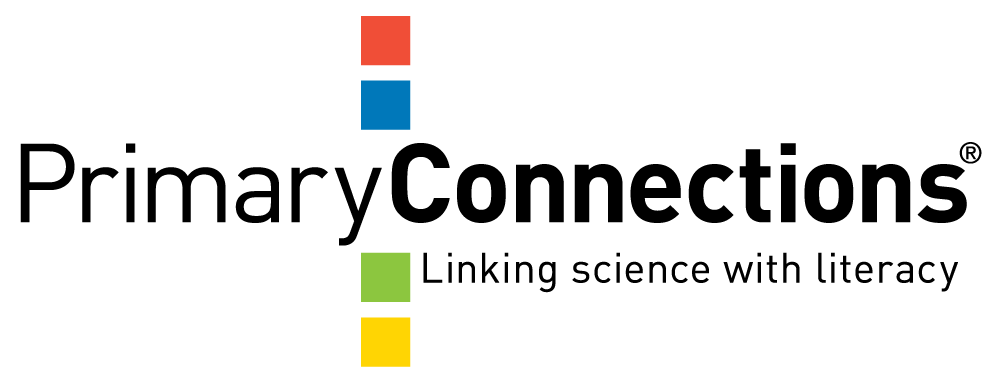Teachers’ Worldviews
The term 'worldview' refers to the lens or framework of ideas and beliefs through which an individual interprets and interacts with the world.
Quality teaching and learning responds to the multiplicity of perspectives or worldviews that are the reality of classroom diversity in many Australian schools.
While the Australian Curriculum provides the expectations for what all Australian students are taught, it is the responsibility of schools and teachers to plan for learning experiences that meet the needs of their students and cater to their interests.
Teachers’ development of inclusive curricula and pedagogical practice will support students’ ability to cope with disparate worldviews by scaffolding ‘border crossings from their life-world culture to the culture of science' (5). Teachers of science as ‘culture brokers' (6) are crucial in guiding students back and forth across these borders in the classroom.
Resources that inform a lens or framework of ideas and beliefs
- Reconciliation Australia’s ‘Share our Pride’ website is helpful for teachers and all Australians wanting to gain better understanding of Aboriginal and Torres Strait Islander peoples and their cultures. The ‘Share our Pride’ website is categorised into five sections (First Australians; Our culture; Our shared history; Beyond the myths; Respectful relationships) and includes links to books, films and people. See Section 2 to explore what culture means to Aboriginal and Torres Strait Islander peoples and how their connection to culture continues today.
- AIATSIS library
For a comprehensive collection of materials (film, photos, sound recordings, books, manuscripts etc) promoting knowledge and understanding of Aboriginal and Torres Strait Islander cultures is available through the Australian Institute of Aboriginal and Torres Strait Islander Studies (AIATSIS) library. - Primary Connections Connecting Minds videos
View the Primary Connections Connecting Minds videos to gain ideas and understanding about including Aboriginal and Torres Strait Islander Histories and Cultures in the science curriculum. - Guidelines for teachers working with Aboriginal and Torres Strait Islander students
Links to national, state and territory departmental guidelines for teachers working with Aboriginal and Torres Strait Islander students are provided in the Curriculum section in the Indigenous Perspectives framework. - Aboriginal and Torres Strait Islander Mathematics Alliance (ATSIMA)
ATSIMA works with urban, regional, rural and remote communities and schools around Australia, developing and delivering professional learning programs, and teaching resources.
References
-
Aikenhead G. (2001). Students’ ease in crossing cultural borders into school science. Science Education 85.
-
Jegede O.J. and Aikenhead G.S. (1999). Transcending cultural borders: implications for science teaching. Research in Science and Technology Education 17.

